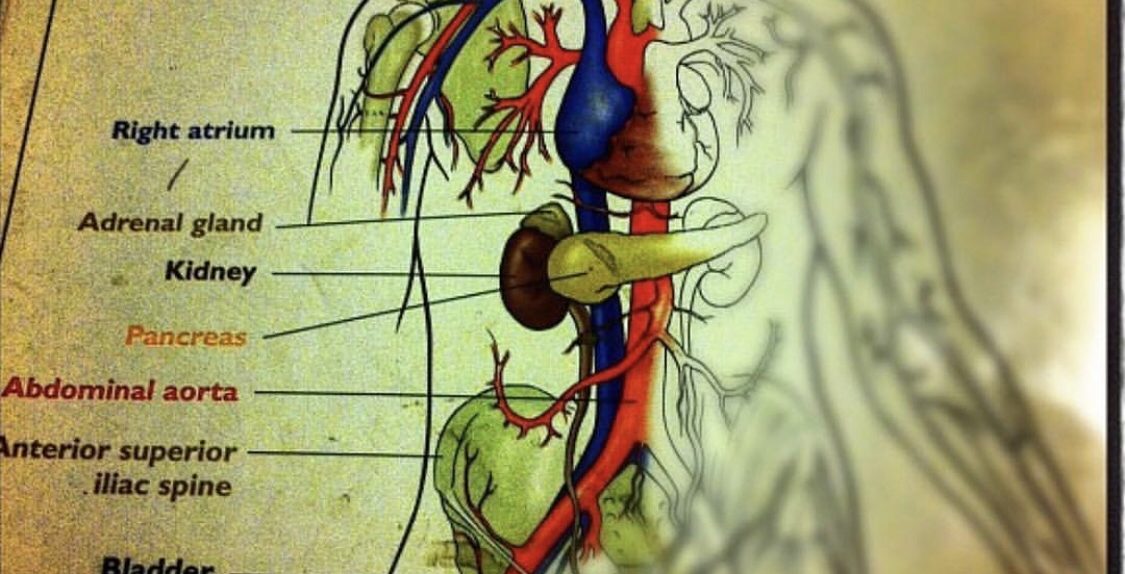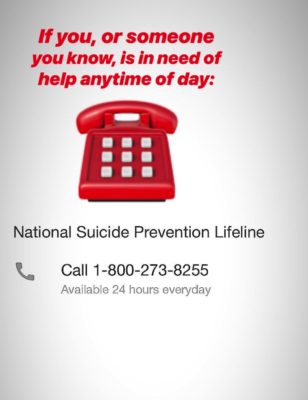✨ With national suicide prevention week 2018 starting tomorrow, I’d like to share some important insight on the benefits of Art Therapy. It has huge health benefits being researched to help channel stress, relieve anxiety, and has been shown to dramatically improve depression (Blomdahl, 2018). Other studies that incorporated it into practice for patients with dementia say it helped to improve self awareness and reality orientation (Young, 2016). It is also commonly used with children to help overcome traumatic experiences and aid with their healing (Meyer, 2017). Many outpatient areas use coloring as a way to combat PTSD. During my psych rotations art was always an activity used. I learned that it let creativity take over and often helped people rid themselves of toxic feelings.
Suicide is a major public health concern. Over 40,000 people die by suicide each year in the United States; it is the 10th leading cause of death overall. Suicide is complicated and tragic but it is often preventable. Knowing the warning signs for suicide and how to get help can help save lives (NIMH, 2017).
WARNING SIGNS:
- increase in use of alcohol or drugs
- change in normal routine including sleeping patterns
- withdrawal from social contact
- giving away belongings or gettings things “in order” without reasons
- saying goodby to people as if they won’t see them again
Suicidal thoughts can occur particularly when it seems like there is no other solution or outlet to a problem. often, it is a result of depression or feelings of isolation. This is why it is so important to channel stress and develop habits that will help relax your mood in a positive way. If stress goes unmanaged, over time it can lead to debilitation by experiencing an altered mood or developing diseases such as hypertension. It is important to help channel your negative energy. Coloring is a therapeutic activity, why not create something beautiful in the process.
–NurseKare ✨
References used:
Blomdahl, C., Guregård, S., Rusner, M., & Wijk, H. (2018). A manual-based phenomenological art therapy for individuals diagnosed with moderate to severe depression (PATd): A randomized controlled study. Psychiatric Rehabilitation Journal, 41(3), 169–182. https://doi.org/10.1037/prj0000300
Meyer DeMott, M. A., Jakobsen, M., Wentzel-Larsen, T., & Heir, T. (2017). A controlled early group intervention study for unaccompanied minors: Can Expressive Arts alleviate symptoms of trauma and enhance life satisfaction? Scandinavian Journal Of Psychology, 58(6), 510–518. https://doi.org/10.1111/sjop.12395
NIMH, (2017). Suicide Prevention. Retrieved from: https://www.nimh.nih.gov/health/topics/suicide-prevention/index.shtml
Young, R., Camic, P. M., & Tischler, V. (2016). The impact of community-based arts and health interventions on cognition in people with dementia: a systematic literature review. Aging & Mental Health, 20(4), 337–351. https://doi.org/10.1080/13607863.2015.1011080




